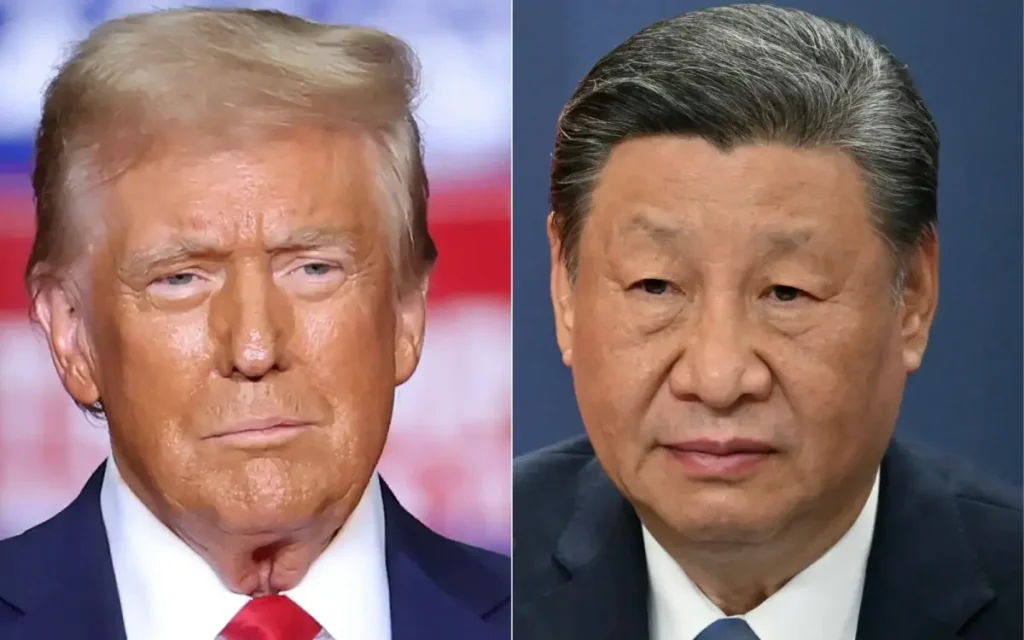The United States and China have agreed to extend their trade truce until 10 November, narrowly avoiding a sharp escalation in tariffs that could have further strained global trade. The move comes just hours before a planned increase in duties was set to take effect.
In a joint statement, the two economic giants confirmed they would suspend triple-digit tariffs imposed earlier this year for an additional 90 days. US President Donald Trump signed an executive order on Monday formalizing the extension, which delays Washington’s planned 145% tariffs on Chinese goods and maintains Beijing’s pause on 125% duties on US shipments.
Under the extension, US tariffs on Chinese imports will remain at 30%, while China will continue to impose a 10% levy on American goods. The White House said the additional time would be used to address issues such as trade imbalances with the US citing a nearly $300bn deficit with China in 2024 and alleged unfair trade practices.
The talks will also focus on increasing access for US exporters to Chinese markets and tackling national security and economic concerns. China’s embassy in Washington emphasized the importance of “win-win cooperation” and urged the US to lift “unreasonable” restrictions, especially those affecting global semiconductor production.
Trade tensions escalated earlier this year when Trump announced sweeping tariffs on imports from multiple countries, with China bearing some of the steepest penalties. Beijing retaliated, triggering a tit-for-tat tariff battle that nearly halted trade between the two nations. The truce reached in May provided temporary relief, but tariffs still remain significantly higher than at the start of the year.
Other contentious issues remain unresolved, including access to China’s rare earth minerals, its purchases of Russian oil, and US restrictions on advanced technology sales, particularly semiconductors. Recently, Trump eased some chip export curbs, allowing companies such as AMD and Nvidia to sell certain products to Chinese firms in exchange for a 15% revenue share with the US government.
The US is also pressuring China over the ownership of TikTok, pushing for its separation from parent company ByteDance — a move Beijing opposes.
Despite the truce, bilateral trade volumes have fallen sharply in 2025, with US imports from China down nearly 15% and exports to China down about 20% in the first half of the year. Both sides hope the extended pause will create space for a longer-term resolution.

